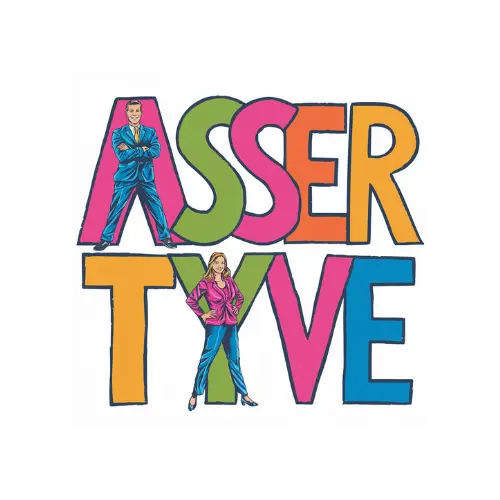Understanding the Basics of Negotiation
Negotiation is a crucial aspect of our personal and professional lives. It’s a process of communication between two or more parties with the aim of reaching a mutually beneficial agreement. In any negotiation, there are two primary types: distributive and integrative negotiation. Understanding these two types is essential to becoming a skilled negotiator.
In distributive negotiation, one party’s gain is equivalent to the other party’s loss. This type of negotiation is often referred to as “win-lose” or “zero-sum” negotiation. It’s a competitive approach where each party tries to maximize their gains at the expense of the other. Distributive negotiation is commonly used in situations where there is a fixed pie, and the goal is to get the largest slice possible.
On the other hand, integrative negotiation is a collaborative approach where both parties work together to find a mutually beneficial solution. This type of negotiation is often referred to as “win-win” negotiation. It’s a cooperative approach where both parties seek to create value and find a solution that satisfies both parties’ interests.
The Characteristics of Distributive Negotiation
Distributive negotiation is characterized by a competitive mindset, where each party tries to outmaneuver the other. This type of negotiation often involves tactics such as:
-
Making extreme demands
-
Using time pressure to force a decision
-
Making take-it-or-leave-it offers
-
Using persuasive tactics to influence the other party
In distributive negotiation, the focus is on individual goals, and the negotiation process is often adversarial. This type of negotiation can lead to a winner-takes-all outcome, but it can also damage relationships and lead to a lack of trust.
The Characteristics of Integrative Negotiation
Integrative negotiation, on the other hand, is characterized by a collaborative mindset, where both parties work together to find a mutually beneficial solution. This type of negotiation often involves tactics such as:
-
Active listening to understand the other party’s interests
-
Seeking creative solutions that satisfy both parties’ interests
-
Making joint problem-solving efforts
-
Building trust and establishing a long-term relationship
In integrative negotiation, the focus is on finding a mutually beneficial solution, and the negotiation process is often cooperative. This type of negotiation can lead to a win-win outcome, where both parties feel satisfied with the agreement.
When to Use Each Type of Negotiation
So, when should you use distributive negotiation, and when should you use integrative negotiation? The answer depends on the situation and the goals of the negotiation.
Distributive negotiation is often used in situations where:
-
There is a fixed pie, and the goal is to get the largest slice possible
-
The relationship with the other party is not important
-
The negotiation is a one-time event
On the other hand, integrative negotiation is often used in situations where:
-
The relationship with the other party is important
-
The goal is to find a mutually beneficial solution
-
The negotiation is part of a long-term partnership
Mastering the Art of Negotiation
To become a skilled negotiator, it’s essential to master both distributive and integrative negotiation. This requires a deep understanding of the negotiation process, the ability to read people, and the skill to adapt to different situations.
Here are some tips to help you master the art of negotiation:
-
Prepare thoroughly before the negotiation
-
Listen actively to understand the other party’s interests
-
Be flexible and open to creative solutions
-
Use time to your advantage
-
Build trust and establish a long-term relationship
By understanding the two types of negotiation and mastering the art of effective communication, you can become a skilled negotiator who achieves success in both personal and professional negotiations.
FAQ
What is the main difference between distributive and integrative negotiation?
The main difference between distributive and integrative negotiation is the approach. Distributive negotiation is a competitive approach where one party’s gain is equivalent to the other party’s loss, while integrative negotiation is a collaborative approach where both parties work together to find a mutually beneficial solution.
When should I use distributive negotiation?
You should use distributive negotiation in situations where there is a fixed pie, and the goal is to get the largest slice possible, or when the relationship with the other party is not important.
What are some common tactics used in distributive negotiation?
Some common tactics used in distributive negotiation include making extreme demands, using time pressure to force a decision, making take-it-or-leave-it offers, and using persuasive tactics to influence the other party.
What are some benefits of integrative negotiation?
Some benefits of integrative negotiation include finding a mutually beneficial solution, building trust and establishing a long-term relationship, and creating value for both parties.
How can I become a skilled negotiator?
To become a skilled negotiator, you need to prepare thoroughly before the negotiation, listen actively to understand the other party’s interests, be flexible and open to creative solutions, use time to your advantage, and build trust and establish a long-term relationship.
Conclusion
In conclusion, understanding the two types of negotiation is essential to becoming a skilled negotiator. By mastering both distributive and integrative negotiation, you can achieve success in both personal and professional negotiations. Remember to adapt to different situations, be flexible, and always seek to find a mutually beneficial solution. With practice and patience, you can become a skilled negotiator who achieves success in any negotiation.







Leave a Reply